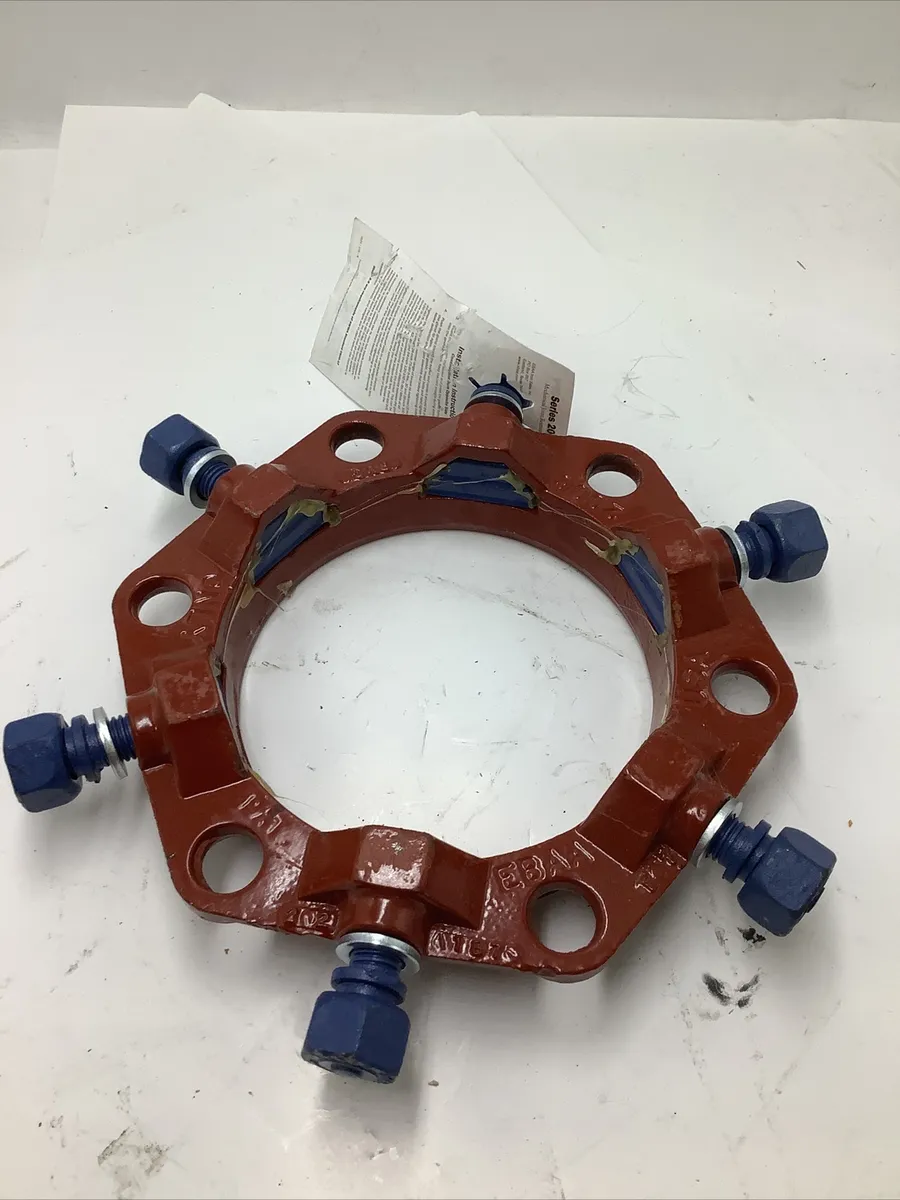When it comes to enhancing engine performance, enthusiasts and engineers alike often find themselves debating the merits of blowers versus turbos. Both systems serve the primary purpose of increasing the amount of air entering an engine, thereby allowing for more fuel to be burned and ultimately boosting power output. However, the question remains: what is faster, a blower or a turbo? To answer this, we must delve into the mechanics, advantages, and applications of each system.
Understanding the Basics: Blowers and Turbos
Blowers, commonly referred to as superchargers, are mechanically driven devices that compress air and force it into the engine's intake manifold. They are typically powered by a belt connected to the engine's crankshaft, which means they provide immediate boost as soon as the engine is running. This characteristic makes blowers particularly appealing for applications where instant throttle response is crucial, such as in drag racing or street performance vehicles.
Turbos, or turbochargers, operate on a different principle. They utilize exhaust gases to spin a turbine, which in turn compresses the intake air. This process, known as turbocharging, can lead to significant power gains, especially at higher RPMs. However, turbos often suffer from turbo lag, a delay in power delivery that occurs as the turbo spools up to speed. This lag can be a disadvantage in scenarios requiring immediate power, but advancements in turbo technology, such as twin-scroll designs and variable geometry turbos, have significantly mitigated this issue.
Performance Metrics: Speed and Power Delivery
When comparing the speed of blowers and turbos, it’s essential to consider the context in which each system operates.
- Throttle Response: Blowers excel in providing instantaneous power. The direct mechanical connection to the engine means that as soon as the driver presses the accelerator, the blower delivers boost without delay. This characteristic is particularly advantageous in applications where quick acceleration is paramount.
- Power Band: Turbos, on the other hand, tend to shine at higher RPMs. While they may take a moment to spool up, once they do, they can produce substantial power across a broader RPM range. This makes turbos ideal for high-performance applications, such as in motorsport or high-speed racing, where sustained power is more critical than immediate response.
- Efficiency: In terms of thermal efficiency, turbos generally have the upper hand. By utilizing waste exhaust gases, they can provide a significant power increase without a proportional increase in fuel consumption. This efficiency can lead to better overall performance in terms of power-to-weight ratio, especially in applications where weight is a concern.
Real-World Applications: Choosing the Right System
The choice between a blower and a turbo often comes down to the specific needs of the application.
- Street Performance: For daily drivers or street performance vehicles, blowers may be favored for their immediate power delivery and ease of installation. They can provide a thrilling driving experience without the complexities associated with turbo systems.
- Motorsport: In competitive racing, the choice may lean towards turbos due to their ability to produce high power levels efficiently. Many modern race cars utilize turbocharging to maximize performance while adhering to strict weight and fuel regulations.
- Customization and Tuning: Both systems offer extensive tuning potential, but the approach differs. Blowers can be more straightforward to tune for immediate gains, while turbos may require more intricate tuning to manage boost levels and minimize lag.
Conclusion: The Verdict on Speed
So, what is faster: a blower or a turbo? The answer is nuanced and highly dependent on the specific context. If immediate throttle response and low-end power are your priorities, a blower may be the superior choice. However, if you seek sustained high power and efficiency, particularly at higher RPMs, a turbocharger could be the better option.


